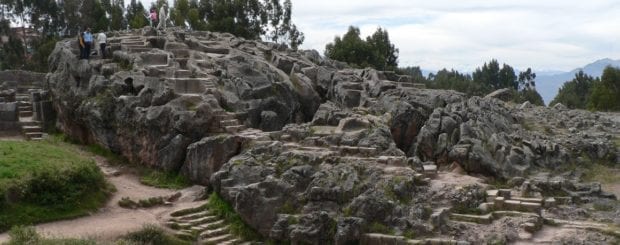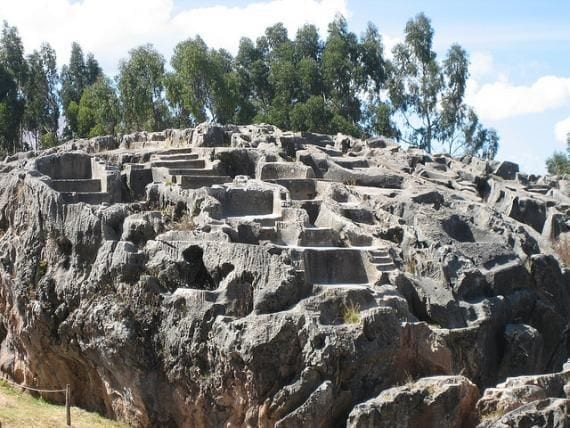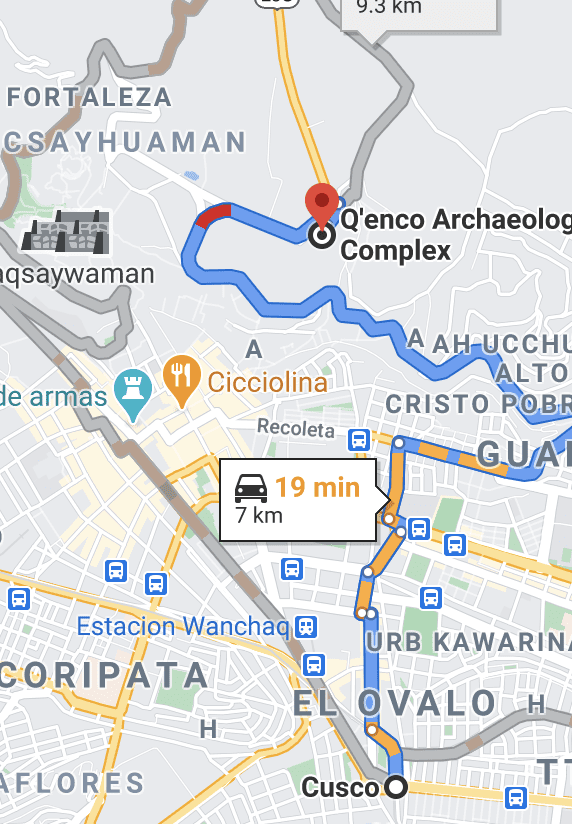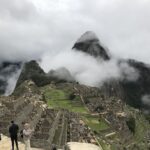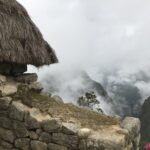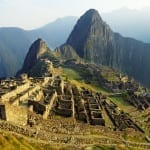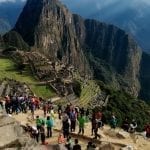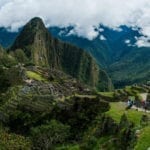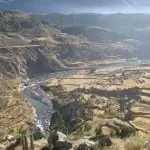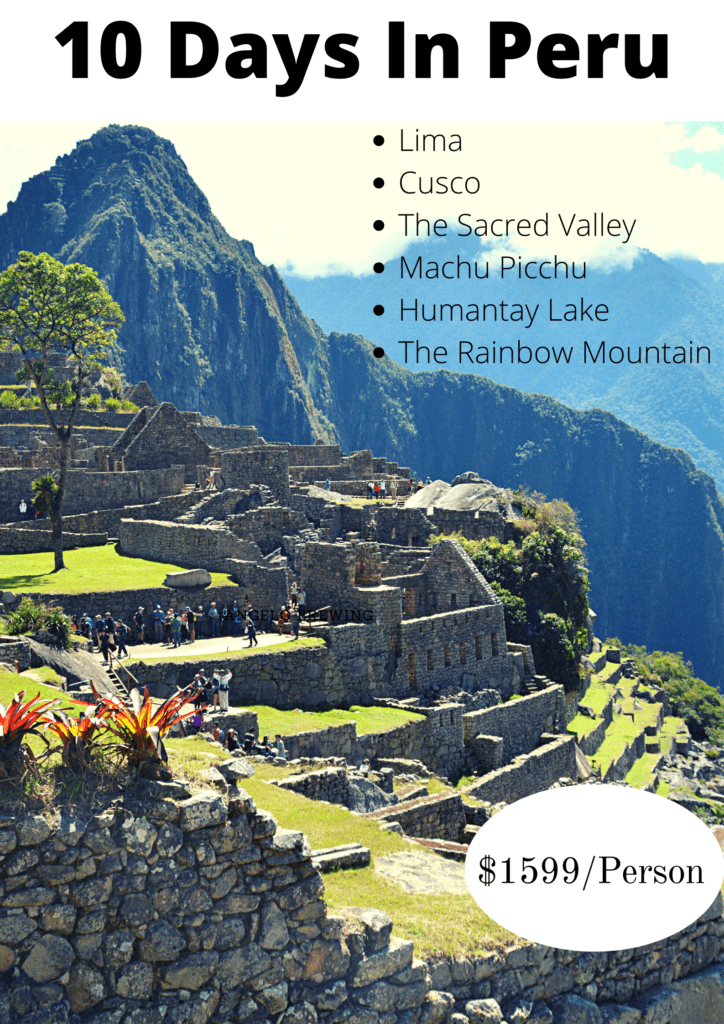Qenqo: The Mysterious Archaeological Site
James Bustamante is Native to New York but born to Peruvian parents. He has been traveling throughout Latin America since early 2003 and finally made his home in Peru. James has made his way by eating and traveling through almost every country in Central and South America.
Last Updated on February 24, 2021 by James Bustamante
One of the darkest Inca archeological sites would have to be the mysterious Qenqo temple. It is located just minutes from the city of Cusco so if you are looking for a good day hike while you acclimate then this Inca site happens to be a great choice.
This will help later on when you are on your Machu Picchu hike. The archeological site near Cusco was declared a Cultural Heritage by the National Institute of Culture in Peru.
What Does Qenqo Mean?
Qenqo is the Quechua word that translates to “Labyrinth” and this is precisely what the archeological site looks like. The large monolith has a canal cut directly into it and the outcome is a zig-zag or labyrinth.
What was Qenqo?
The zig-zag or labyrinth-like shape of this giant stone makes it very clear that its main purpose was to carry liquid down through it. This points directly to a ceremonial or religious focus for Qenqo.
Since the Inca left no written records, researchers have had to guess exactly what liquid would be transported through the small canals. Theories range from holy water to the more common Chicha de Jora, also known as corn beer.
The third theory was that Qenqo was used to transport blood down through the tiny canals, yes blood. The Incas were not shy about making sacrifices so this would make sense. Researchers believe that all three options indicate proximity to death rituals.
Most of the evidence researchers have (which is not a lot) points to this archeological site being a focal point of religious ceremonies, a holy site for the Incas.
It is speculated that in this holy Inca location the dead might have been judged and very likely, embalmed within the many chambers and tunnels. The idea of having blood sacrifices in the monolith seems to be a very likely scenario.
Where is Qenqo?
The archeological site of Qenqo is located around 5 km (3 miles) from Cusco so you can theoretically get there in 15 minutes in private transport.
If you decided to walk to Qenqo it would take around 2 hours each way. The elevation around the archeological site will be around 3,600 meters (12,000 feet) above sea level.
History of Qenqo
When the Spanish arrived in the 16th century the Incan empire was annihilated however many of their temples and fortresses were left mostly unharmed.
Since the language of the Inca “Quechua”, was not one that used writing most of the history and purpose of the Inca buildings are unknown. What little is actually known about Qenqo comes from research done in the highlands with the Inca’s descendants.
Qenqo Amphitheater
The canals on the giant monolith empty out into several man-made niches. One of these chambers has spaces or 19 small niches as it seems to be an amphitheater.
This chamber’s purpose is unconfirmable but due to what is currently known about this area and Inca practices, most researchers conclude that it was used for sacrifices.
These sacrifices would most likely be or the moon and the sun since they seemed to be the object of worship for the Inca.
In Conclusion
Qenqo is a mysterious site where you can find a giant monolith that seems to have been used in sacrifices but it cannot be fully confirmed. You can visit this important site on a full day Cusco city tour along with the Sacsayhuaman ruins or you can do it as an individual tour.
If you have the time then you can also visit Qenqo on your own. For more information on Inca ruins as well as travel destination contact one of our travel advisers today.
Frequently Asked Questions about the Qenqo Archeological site
Can I walk to Qenqo?
Yes, you can walk to the Qenqo archeological site from Cusco. This will take around 2 hours in total.
Did the Inca have sacrifices at Qenqo?
The research points to Qenqo being a very important holy place of the Inca, where sacrifices would often take place.
Do I need a permit to visit Qenqo?
Yes, you will need a permit to visit the Qenqo archeological site. If you booked a trip with us then it will be provided along with transportation and a guided tour.
What does Qenqo mean?
Qenqo means labyrinth in the Inca language of Quechua.
